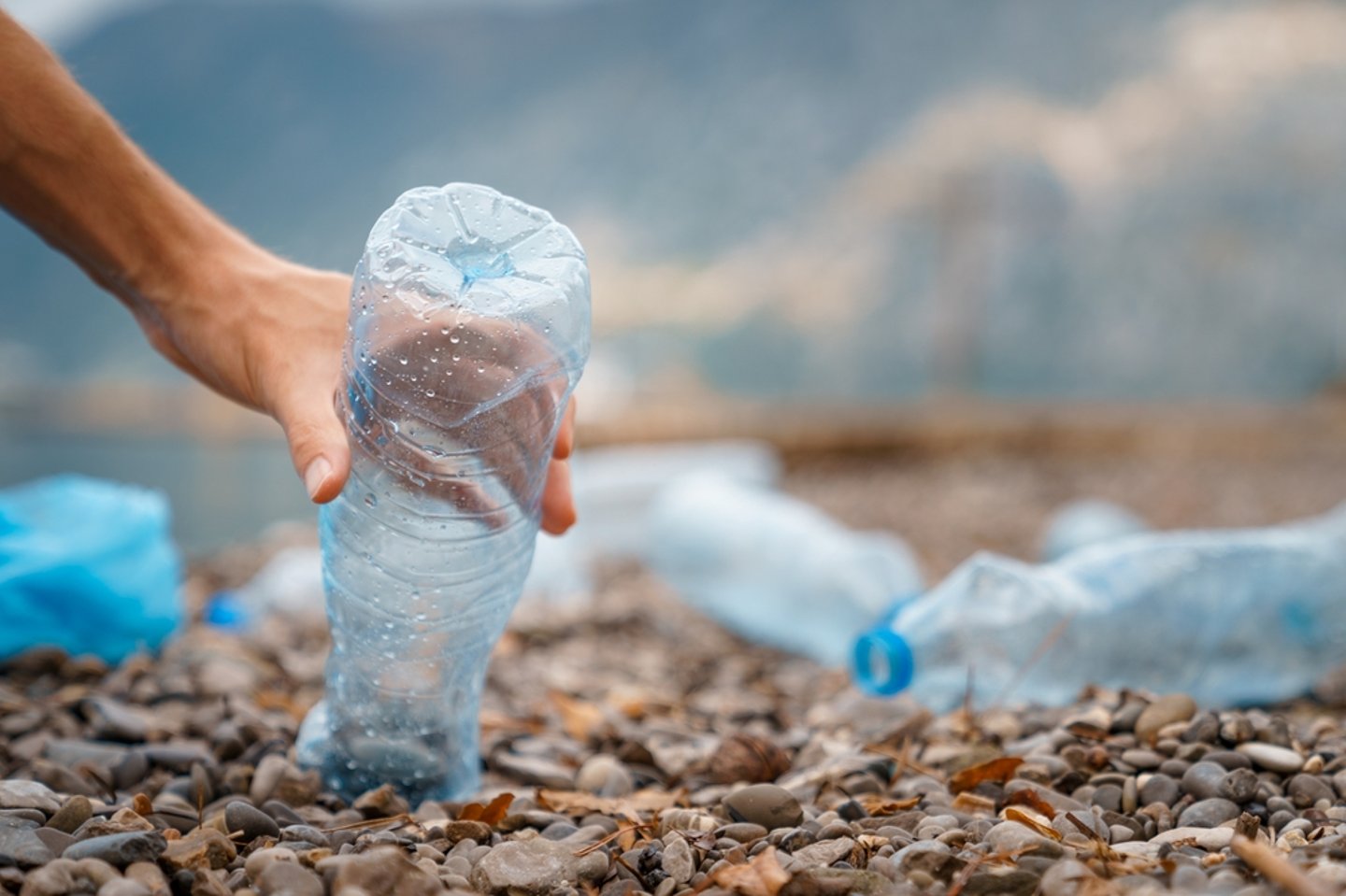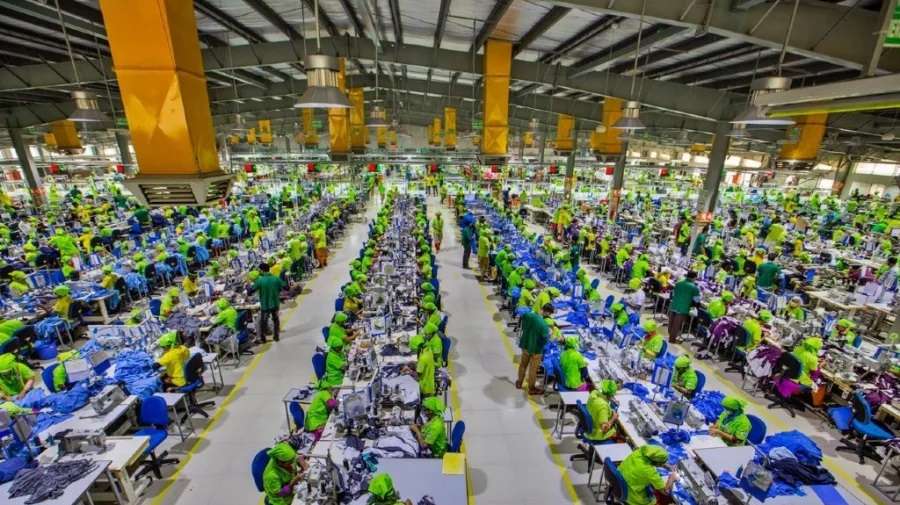
The world is drowning in plastic. Non-biodegradable polymers, primarily derived from petroleum, clog landfills, pollute oceans, and disrupt ecosystems. The search for sustainable alternatives has led to a rise in interest in biodegradable polyesters. But do these materials truly offer a solution, or are they another case of greenwashing?
The plastic problem and the biodegradable promise Traditional plastics, such as polyethylene (PE) and polypropylene (PP), can take centuries to decompose, resulting in widespread environmental damage. Microplastic pollution, especially from synthetic textiles, poses severe risks to marine life and human health. A 2024 report found that 28 per cent of post-consumer garments in the US were primarily polyester, contributing significantly to landfill waste, incineration, and pollution. Compounding the problem, the release of microfibers during washing and wear has been identified as a major source of pollution, with studies suggesting that micro and nanofibers are even more toxic than other microplastics.
Biodegradable polyesters promise a way forward. Designed to break down into natural substances like carbon dioxide, water, and biomass under specific conditions, these materials offer hope in sectors such as fashion, where polyester dominates. However, the reality of their biodegradability, effectiveness, and environmental benefits remains under scrutiny.
Innovations in biodegradable polyester
Numerous initiatives are accelerating the development and adoption of biodegradable polyesters. Governments are enacting regulations to reduce plastic waste, research institutions are exploring new bio-based monomers, and companies are investing in sustainable alternatives. Some key innovations include:
CiCLO: Developed by Intrinsic Textiles Group, this additive creates "biodegradable spots" in polyester and nylon, attracting bacteria to accelerate breakdown.
PrimaLoft Bio: Made from recycled PET water bottles, this polyester features an additive that facilitates biodegradation, especially for applications such as puffy coat insulation.
Amni Soul Eco: A modified polyamide (nylon) designed to degrade within five years in landfills.
ROICA V550: A partially degradable elastane fiber offering stretch without persistent microplastic pollution.
CELYS Compostable Polyester: Developed by Intimiti, this polyester incorporates chemical modifications to enhance biodegradability in wet conditions.
These materials offer a promising pathway to reducing landfill waste and microplastic pollution. However, challenges remain in terms of cost, performance, and the real-world effectiveness of biodegradation claims.
Barriers to widespread adoption
Despite promising innovations, biodegradable polyester technologies have yet to see widespread adoption, largely due to the following challenges:
Cost: Biodegradable polyesters are generally more expensive than conventional plastics, making them less attractive for cost-sensitive brands and consumers.
Performance limitations: Questions persist about durability, fabric feel, and strength, particularly in performance wear.
Biodegradability verification: Independent verification is crucial to confirm whether these materials truly break down as promised. Environmental conditions play a major role in degradation, and simply adding an additive does not guarantee complete breakdown in all settings.
Microfiber shedding: Even if these materials biodegrade eventually, they still release microfibers during washing and wear, necessitating further research into their environmental impact.
The future of biodegradable polyesters
While challenges exist, ongoing research and development efforts aim to enhance the performance and affordability of biodegradable polyester technologies. Consumer awareness of sustainable fashion is increasing, creating demand for greener alternatives. Partnerships between material innovators, brands, and research institutions will be crucial in scaling these technologies.
However, biodegradable polyesters are not a magic bullet. A holistic approach is essential, including reducing consumption, designing for durability, and promoting recycling. Additionally, further studies are needed to assess the long-term effects of biodegradable polyester additives on ecosystems and human health.
The journey toward truly sustainable textiles is complex. While biodegradable polyesters represent an important step, they must be part of a broader strategy to minimize the environmental footprint of the fashion industry. Only through rigorous testing, transparent communication, and systemic change can we move toward a more sustainable future.












